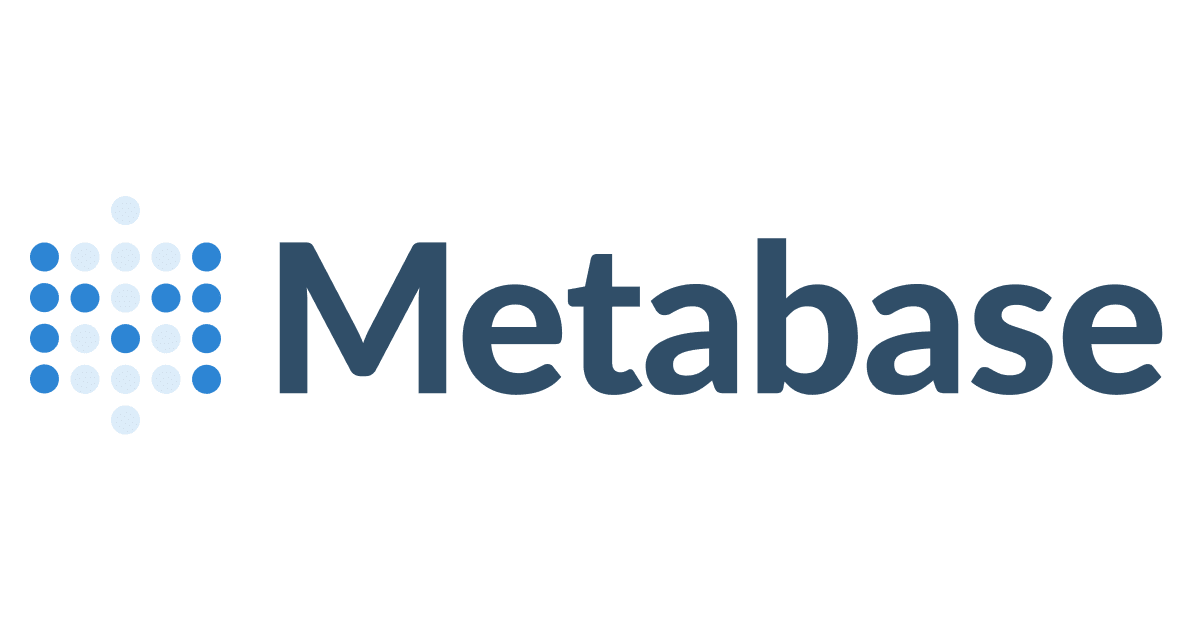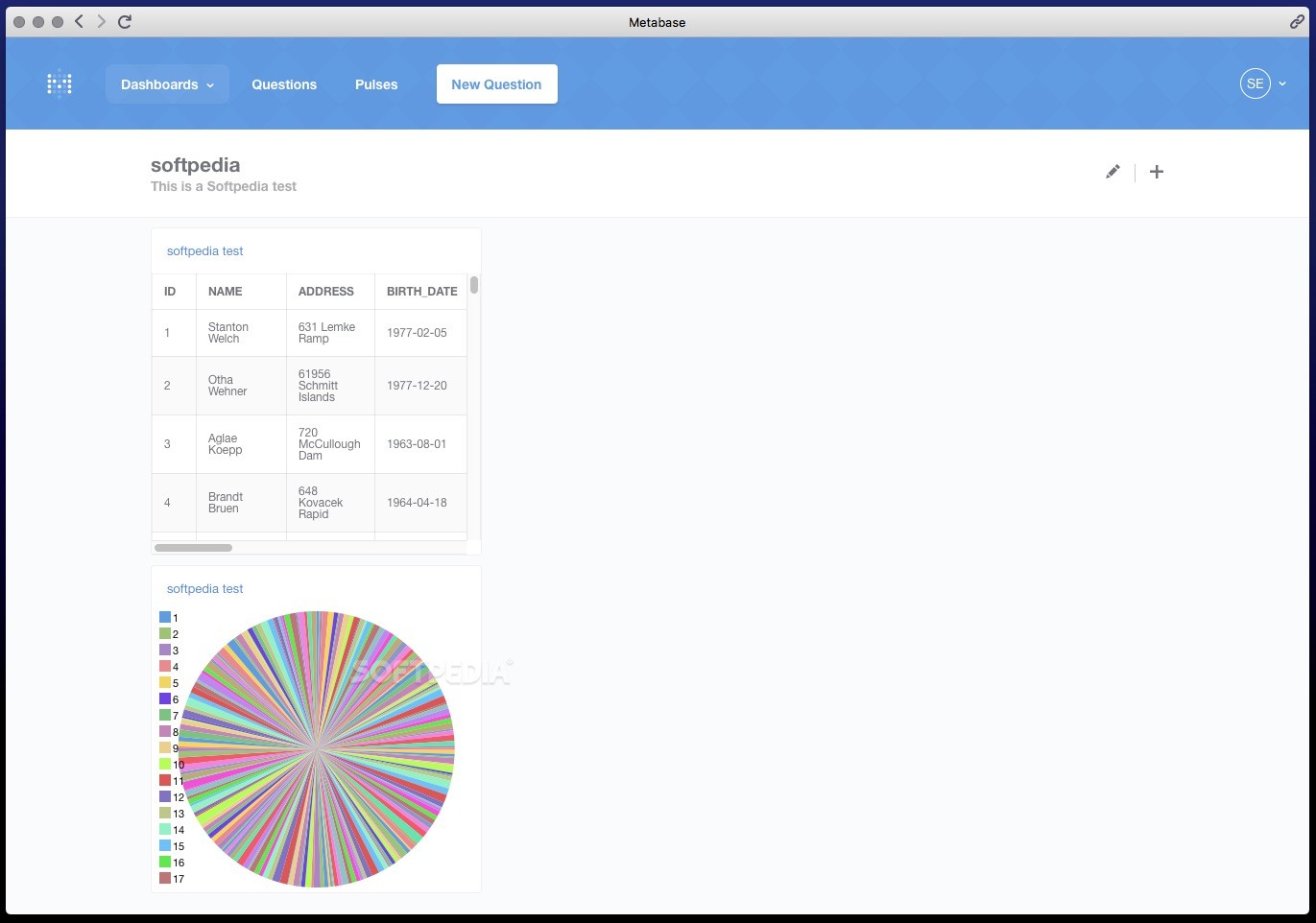

If your application is deployed on Clever Cloud go to your application's console and under your application's menu go to the environment variables menu. You can connect two or more apps to automate repetitive tasks without coding or relying on developers to build the integration.
Metabase integrations driver#
In your Gemfile, add gem 'jwt' then run $ bundle install. In addition to the Presto driver, we also provide native integration with our open-source Metabase driver to synchronize Metriql datasets as Metabase data. Now select Embed this dashboard in an Application. 1 Setup a Metabase connector in Airbyte Connect to Metabase or one of 300+ Airbyte data sources through simple account authentication 2 Set up a destination for your extracted Metabase data Choose from one of 50+ destinations where you want to import data from your Metabase source. Click the sharing and embedding icon on the top right of your dashboard. Leave Metabase admin and select the dashboard you want to integrate. Toggle the button to have it saying Enabled. On the left menu select Embedding in other Applications. a Ruby on Rails application (read this article by me if you need to set up one)įrom your Metabase, click on the top right gear icon, then Admin.


a Metabase dashboard (read this article from my fellow Laurent Dogin to have yours set up in a few minutes).Its the only platform that is loved by business and approved by IT.
Metabase integrations how to#
I needed to integrate a Metabase dashboard in one of my applications and I realized there is no article which explains how to do that. Instantly integrate Metabase with other apps and automate your workflows across them. Use it to insert, update, delete, or export Salesforce or records.Today, I am proposing a very simple tutorial. Salesforce Developers Documentation Data Loader Command-Line Interface | Data Loader Guide | Salesforce Developersĭescribes how to use Data Loader, which is a client application for the bulk import or export of data. But since I don’t know your specific requirements and environment, I’ll stop rambling here now and hand over the mike to you. To get the data into Salesforce it looks like it’s something that could be simple to automate with e.g.

It’s easier to automate something you have “specified by doing manually” first. Metabase connects with lots of different databases and data warehouses so you can explore and learn from data, no matter where it’s stored. I think a good first step if you don’t already have some tooling in mind is to start manually downloading CSV or JSON from the relevant Metabase Question(s?) and import manually into Salesforce. Pipedream enables developers to easily integrate the Metabase API with hundreds of other applications remarkably fast. That choice depends on what you’re already familiar with/comfortable with. So we’re back to that you need to code/assemble from pre-existing pieces or pick such a tool. the same 3 fields with latest Metabase values with Account id as lookup key = “no transform” needed.
Metabase integrations update#
The simple end here would be that that you have a common unique Account id, and you always will update e.g. Problem then of course is that Metabase and Salesforce does not come with a standard way to talk to each other, so “some glue code/tool” living in between Metabase and Salesforce is needed (aka ETL = Extract, Transform - if required and Load as mentioned above, just in the opposite direction, namely from database/Metabase to Salesforce) AND also that “fill certain fields in Accounts” can either be quite simple or a bit more complex depending on your actual business rules, meaning need for more “transform”. This article highlights Microsoft partner companies with official data integration solutions that support Azure Synapse. At least as a pretty high level statement of your use case/business need. To create your data warehouse solution using the dedicated SQL pool in Azure Synapse Analytics, you can choose from a wide variety of industry-leading tools.


 0 kommentar(er)
0 kommentar(er)
